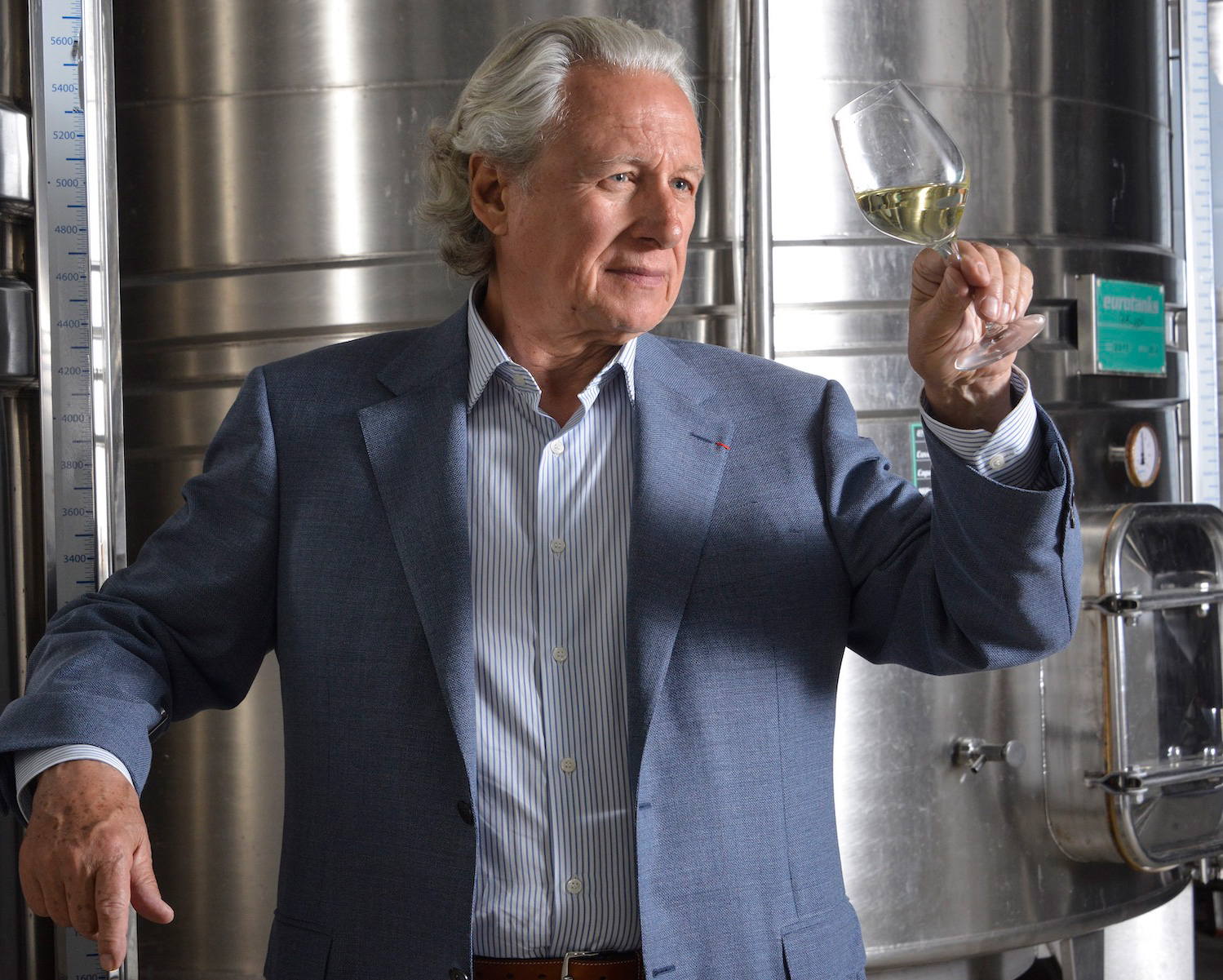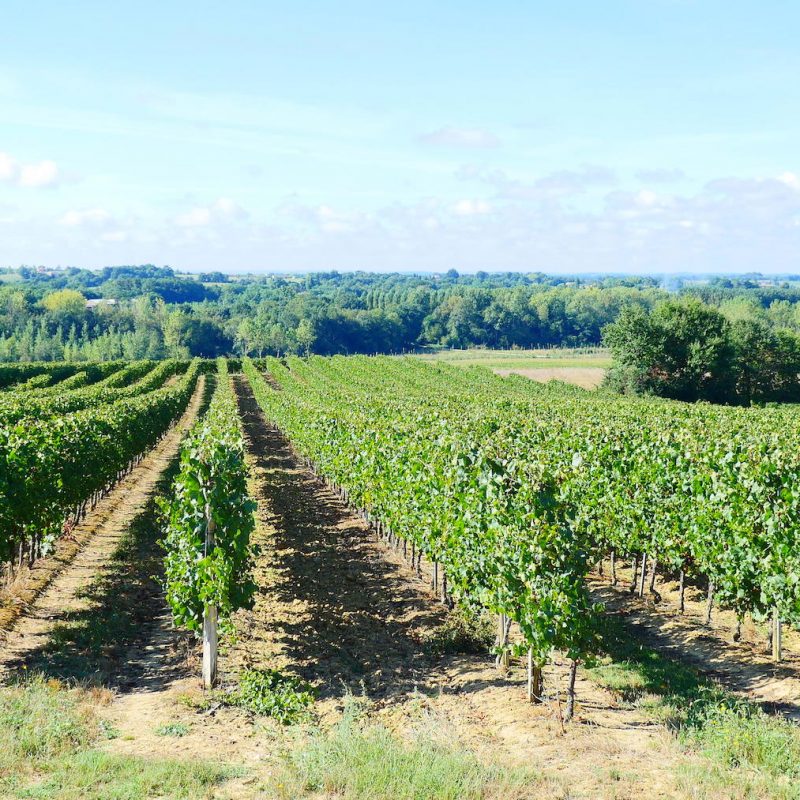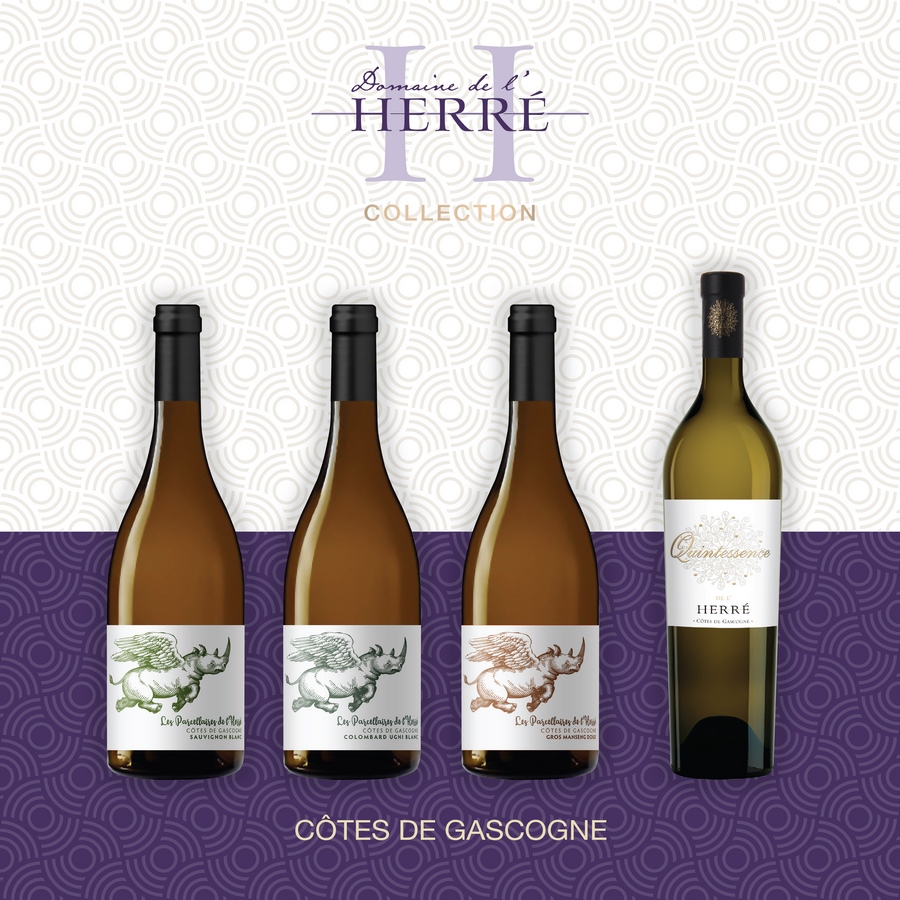THE STORY
Pascal Debon is smitten by Sauvignon Blanc. In Gascony, he discovers the Sauvignon of Domaine de l’Herré with its unique aromas and flavours, coming from the exceptional microclimate.
The richness and the potential are here on these fawn sandy soils, on the fringes of the special climatic conditions which come from the Atlantic Ocean and the Pyrenees : they give the vineyard warmth and freshness.
This is how the story starts with the acquisition of the Domaine de l’Herré, a superb domain of 170 hectare vineyards, planted with White and Grey Sauvignons , Chardonnay, Gros Manseng and Colombard.
Since the 2017 vintage, the Domain is certified High Environmental Value (HVE) and is also a leading pioneer using natural biocontrolled protection products in the place of chemical ones.





